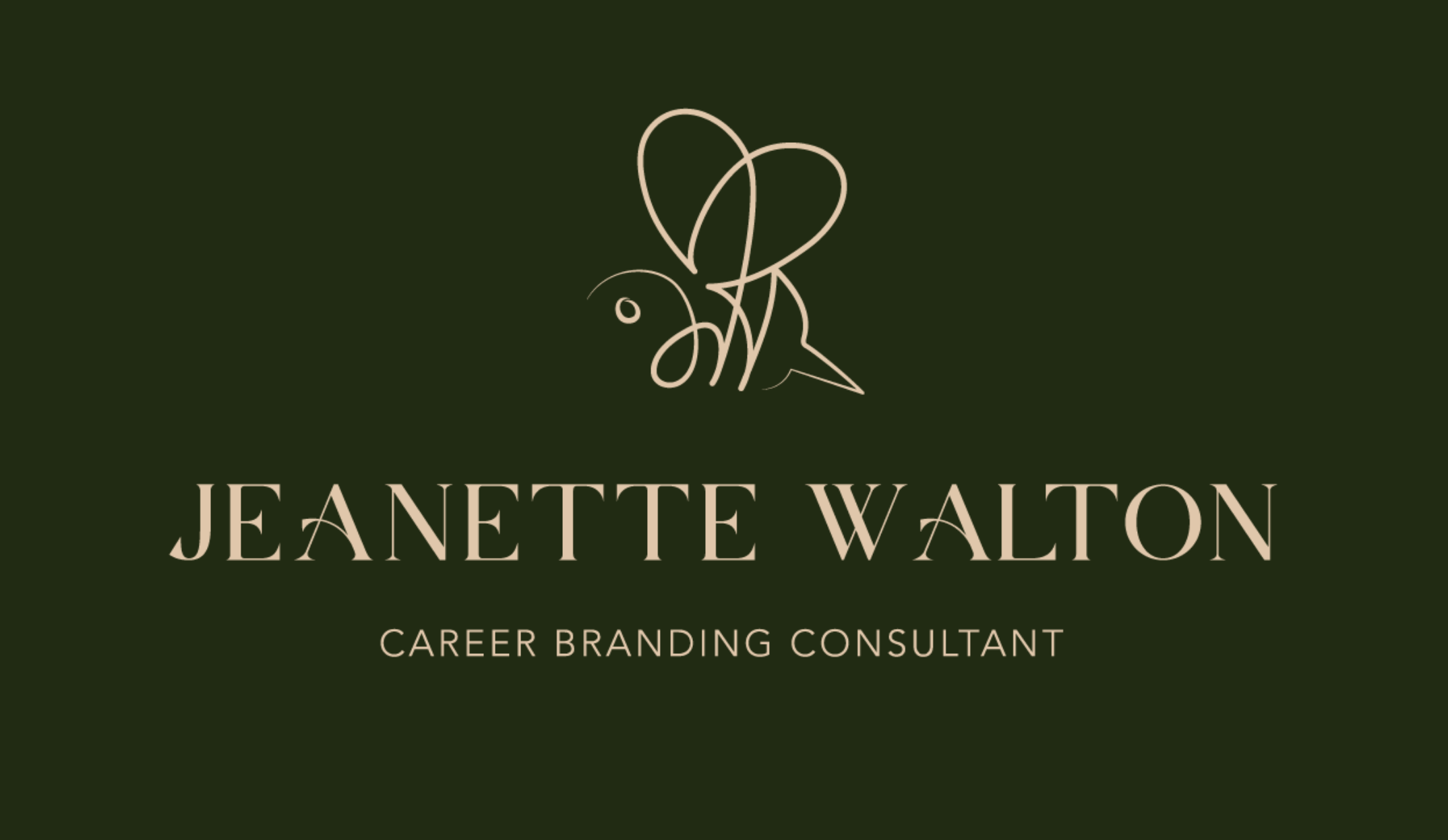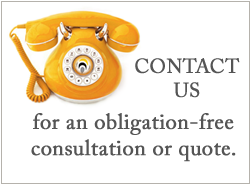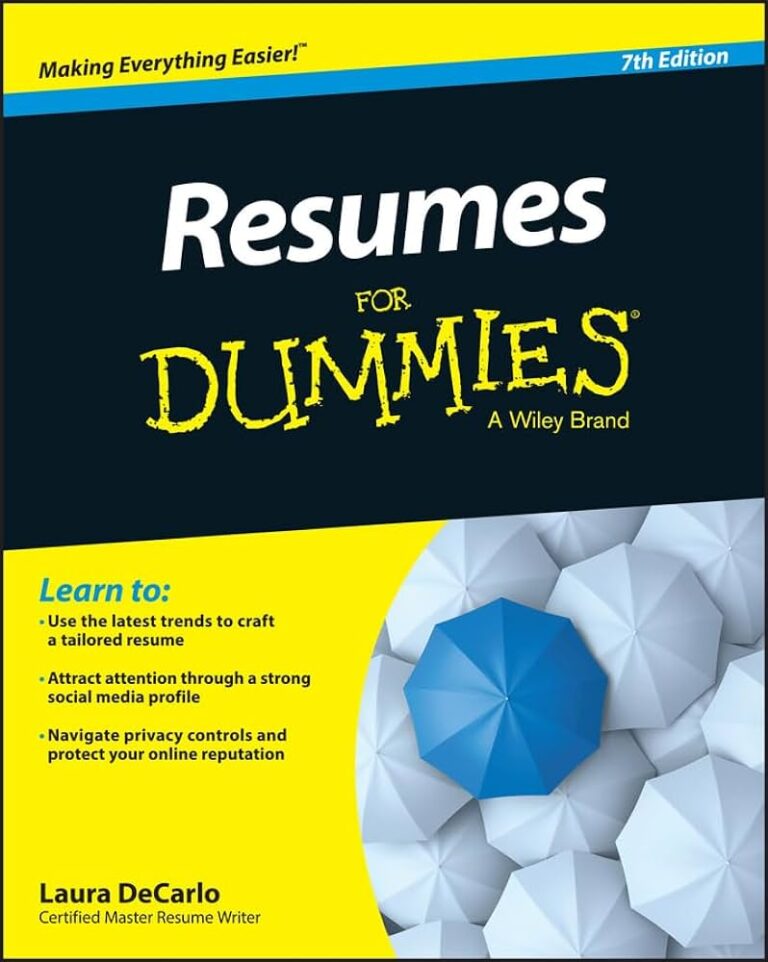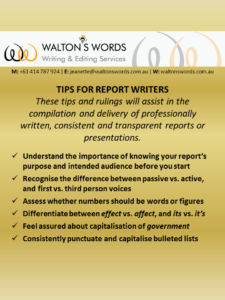While there’s no absolute ruling on what tenses and voices to use in your resume and other career documentation, there are some general standards and recommendations that are worth considering (as further detailed below).
First and foremost, it’s essential you remain consistent in the use of both tense and voice across your resume, cover letter, LinkedIn profile and other career-branding collateral. Recruiters and employers with short attention spans are far less likely to continue reviewing career documentation with grammatical inconsistencies.
“Consistency is one of the biggest factors in leading to accomplishment and success.” (Byron Pulsifer, Motivational Speaker)
Resumes
- One relatively obvious tense ruling is the use of past tense when making reference to past contributions and achievements (these are in the past)
- Some recommend using present tense when referring to your current role, but consider sticking with past tense if it’s going to cause confusion for the writer and/or reader (the recruiter knows you’re still in this position based on the dates)
- The use of past tense throughout, except when referring to your ongoing professional strengths and capabilities (in the first page summary), could also indicate to the recruiter that you’re focused on moving forward to the next role
- A first person voice without personal pronouns is generally recommended in your resume – also known as ‘first person implied’ (in addition to clarifying that you’re writing about yourself, it will make the content more concise and less repetitive)
E.g. Exceeded sales revenue targets via in-depth planning and engagement
Cover letters
- As with your resume, past tense should be used in your cover letter when referring to past accolades and achievements (these are in the past)
- Similarly, use present tense when referring to your existing skills and abilities (this also ‘sells’ to the recruiter what will be carried over to the next role)
- Cover letters help to add depth and personality to your resume, so use the first person voice with personal pronouns (you’re writing directly to the recruiter)
- A more personalised tone in the cover letter will also minimise regurgitation of what has been specified in your resume (highlight and deepen that content)
E.g. I will bring to your organisation enthusiasm, innovation and motivation
LinkedIn profiles
- The jury still appears to be ‘out’ with regards to what voice to use in LinkedIn profiles, but the tense should generally reflect what’s been done in your resume
- Keep in mind that as an online platform, LinkedIn readers are likely to expect a personalised, first person voice (this may also help to create conversations)
- The third person voice for individuals’ LinkedIn profiles (unlike company pages) could also be perceived as disingenuous (we know you’re writing about yourself)
E.g. My sales approach is always determined and often inspirational – I exceed most targets and objectives
Correct and more importantly consistent use of written tenses and voices will no doubt highlight to the recruiter and others your attention to detail and your willingness to put in the extra effort. Today’s job market is highly competitive, so it’s essential to stand out and engage with readers via well-planned-out and -structured career documentation.
___________________________________________________________________
From spicing up a LinkedIn profile to overhauling a resume and adding an often-critical cover letter, to writing up selection criteria attuned responses, Walton’s Words thrives on creating career documentation that helps you to stand out. Give us a call or drop us a line if you would like to discuss your resume writing needs further.




